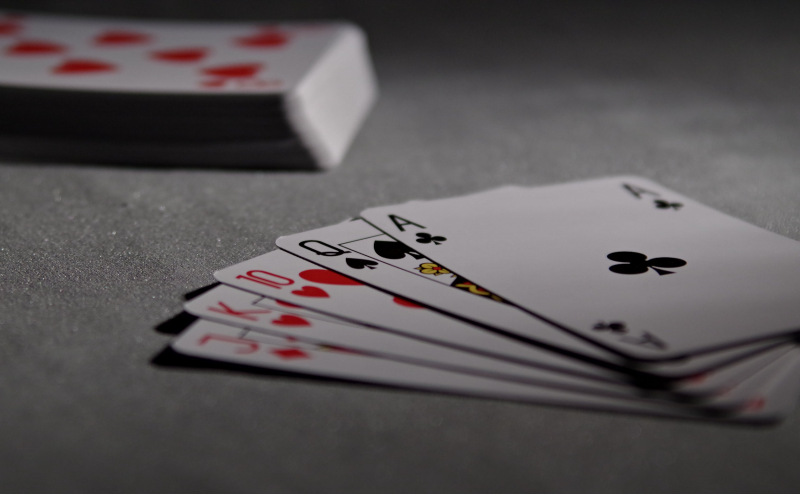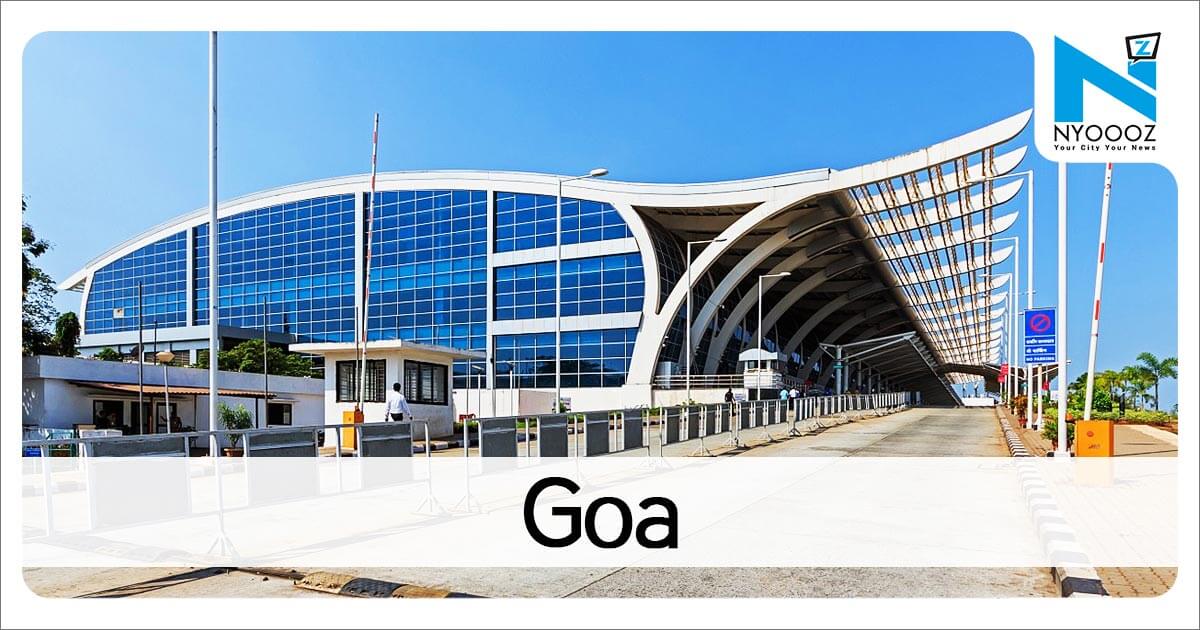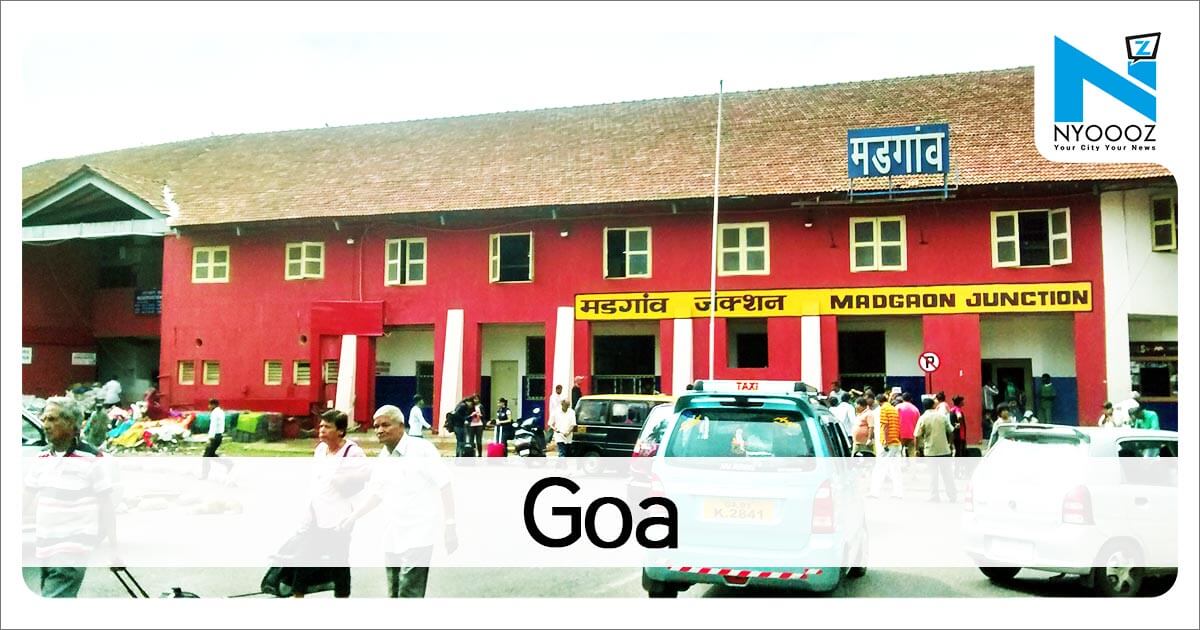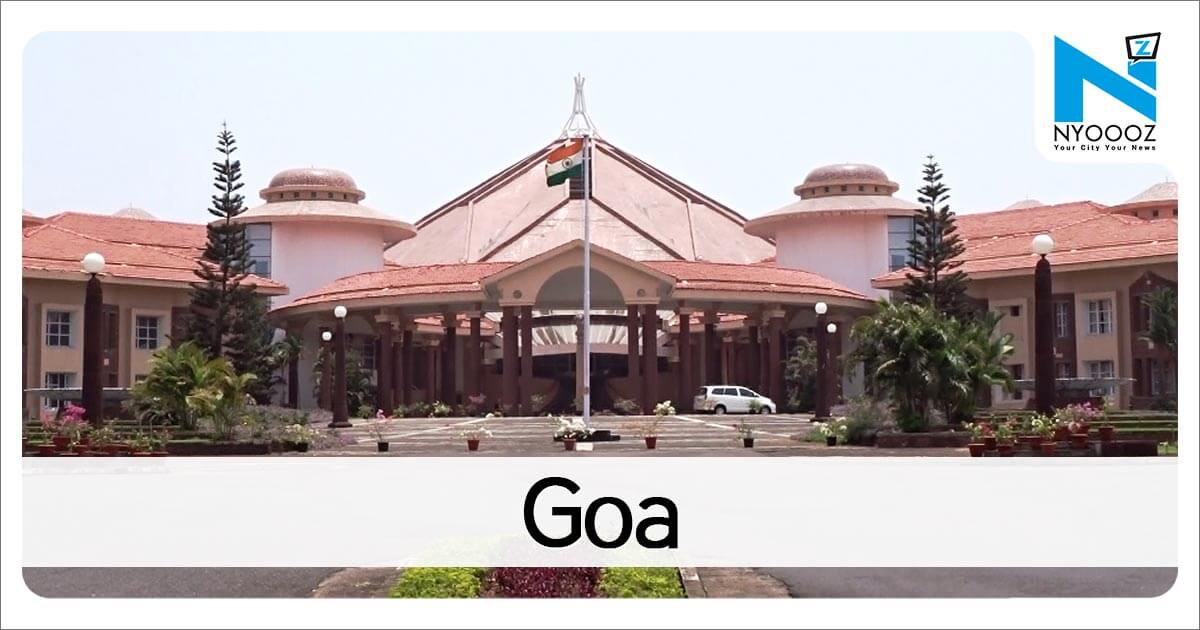
"Being a language that is thousands of years old, the spoken Sanskrit of today has different slangs and dialects. Panaji: The 3,000-year-old language of Sanskrit may not be a part of everyone's daily discourse in India today, but a filmmaker has shot a feature film in the language, in 3D.Titled, 'Anurakthi,' the film is being touted as the world's first Sanskrit film in 3D.Directed by Asokan Ponnan Kadangot, the film throws light on the ancient theatrical tradition of Koodiyattam in Kerala. "We had to verify the Sanskrit script from the film's angle, the language perspective and the synchronizing of dialogue delivery. "Sanskrit is a dead language, but it is still prevalent in various parts of the country besides being known in Germany, Russia and Scandinavia. Keeping this is mind, we have ensured that the film also starts and ends with shlokas," he said.

If You Like This Story, Support NYOOOZ
Your support to NYOOOZ will help us to continue create and publish news for and from smaller cities, which also need equal voice as much as citizens living in bigger cities have through mainstream media organizations.
Stay updated with all the Latest Goa headlines here. For more exclusive & live news updates from all around India, stay connected with NYOOOZ.





